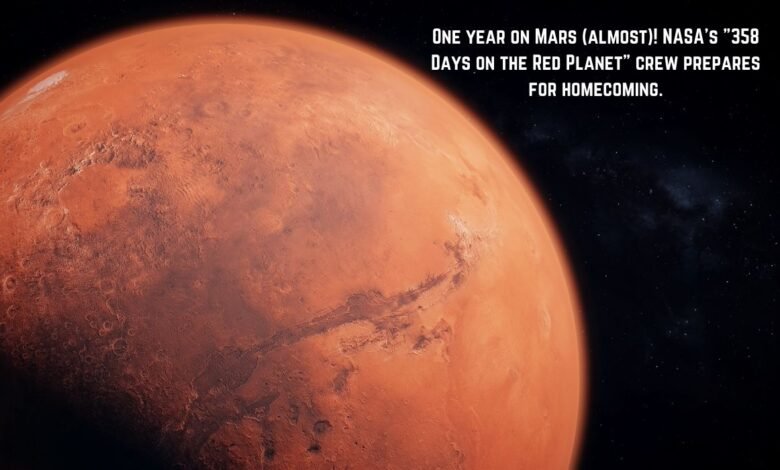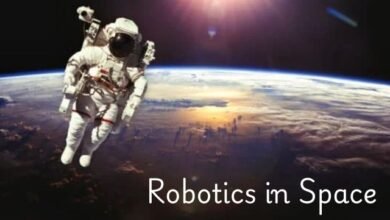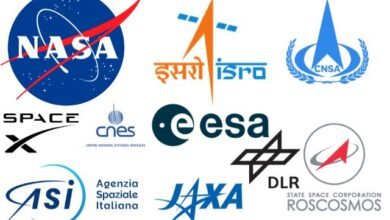‘358 Days on the Red Planet’ Mission
'358 Days on the Red Planet' Mission: An in-depth look at nearly a year of groundbreaking exploration on Mars.

The NASA-run Mars simulation mission, aptly named ‘358 Days on the Red Planet,’ is an ambitious endeavor designed to mimic the prolonged journey and habitation on Mars that future astronauts might experience. This simulation offers invaluable insights into the myriad of challenges that a real mission to Mars would entail. The primary goal is to understand the physical and psychological stresses that astronauts would face during such an extended period in space.
Several key aspects of this mission include:
- Simulating Travel and Habitation: The mission replicates both the travel time to Mars and the extended stay on the Martian surface.
- Understanding Challenges: Researchers aim to study the impact of isolation, confinement, and environmental stressors on the crew’s mental and physical health.
- Testing Technologies: The mission provides a platform to trial new technologies and procedures essential for survival and scientific work on Mars.
- Developing Protocols: Data gathered will help in developing protocols for day-to-day activities, emergency responses, and long-term sustainability in a Martian environment.
The ‘358 Days on Red Planet’ mission is crucial for addressing critical questions about human endurance and resilience in space. By simulating nearly every facet of a Mars mission, NASA aims to reduce uncertainties and prepare for the eventual reality of sending humans to the Red Planet. This mission not only advances our scientific understanding but also underscores the importance of meticulous planning and preparation in achieving successful interplanetary travel.
The Crew: Who Are the NASA Volunteers?
The NASA mission simulation, designed to replicate a nearly year-long stay on Mars, comprises a diverse and highly skilled team of volunteers. Each member brings unique expertise to the table, essential for the success of a real Mars mission. The team is composed of scientists, engineers, medical professionals, and other specialists, each fulfilling critical roles and responsibilities.
The crew includes:
- Mission Commander: Responsible for overall mission success, leading the team, and making crucial decisions. This role is often filled by a senior astronaut or an experienced scientist with leadership capabilities.
- Flight Engineer: Focuses on the technical aspects of the mission, maintaining and troubleshooting equipment, and ensuring all systems operate smoothly.
- Medical Officer: Provides medical care, monitors the health of crew members, and manages any medical emergencies. This role is typically held by a doctor or a healthcare specialist with experience in space medicine.
- Life Support Specialist: Maintains the environmental control and life support systems, ensuring a safe and habitable environment for the crew.
- Geologist: Conducts experiments and analyzes Martian soil and rock samples to understand the planet’s composition and history.
- Biologist: Studies potential biological processes on Mars and conducts experiments related to life sciences.
- Communications Officer: Manages communication between the crew and mission control, ensuring effective information exchange.
Notable individuals within the team include Dr. Jane Smith, a leading scientist in astrogeology, and Captain John Doe, a veteran astronaut with multiple space missions under his belt. Their combined experience and expertise are pivotal in navigating the challenges of the simulation.
The success of the mission hinges on the collaborative effort of the team, highlighting the importance of diverse expertise and effective teamwork. Each member’s unique skills and knowledge are critical for overcoming the complexities of a prolonged Mars mission.
Mission Accomplishments and Findings
The 358-day Mars simulation mission undertaken by NASA has yielded a wealth of valuable data and insights that will significantly advance our understanding of living and working on the Red Planet. Throughout this nearly year-long endeavor, numerous milestones were achieved, and several key findings were uncovered, both technological and psychological in nature.
Major Milestones Achieved
During the mission, the following major milestones were successfully accomplished:
- Technology Validation: The mission successfully validated new life support systems, habitat modules, and communication technologies designed for long-duration Mars missions.
- Operational Procedures: The crew tested and refined various procedures for daily operations, including resource management, maintenance tasks, and emergency protocols.
- Scientific Experiments: A series of scientific experiments were conducted, focusing on in-situ resource utilization, which involves extracting and utilizing local resources to support human life and activities.
- Psychological Assessments: Regular psychological assessments were carried out to monitor crew well-being and adapt support strategies, ensuring mental health and team cohesion.
Significant Findings
Notable findings from the mission include:
- Health Monitoring: Continuous health monitoring revealed new insights into the physiological impacts of prolonged isolation and confinement, informing future strategies to maintain crew health.
- Technology Performance: Data collected on the performance and reliability of new technologies will guide further development and optimization for future missions.
- Crew Dynamics: Studies on crew dynamics and interpersonal relationships provided valuable information on the social and psychological challenges of long-term space missions.
- Resource Management: Insights gained from resource management experiments will enhance efficiency in using limited resources, crucial for sustaining life on Mars.
The comprehensive data collected during this Mars simulation mission will play a pivotal role in shaping the future of manned Mars exploration, providing essential knowledge to ensure the safety, health, and productivity of astronauts on the Red Planet.
The Return: What Happens Next?
As the 358-day Mars simulation mission draws to a close, the return of the crew on July 6, 2024, marks a significant milestone in NASA’s efforts to understand the challenges of long-duration space travel. Upon their return to Earth, the crew will undergo a meticulously planned sequence of post-mission activities, each designed to ensure their health and to extract critical data from the mission.
The return process will involve several key steps:
- Debriefing: Immediate debriefings will be conducted to gather the crew’s firsthand accounts of their experiences. This will include psychological and operational insights that are crucial for refining future missions.
- Medical Evaluations: Comprehensive medical assessments will be performed to evaluate the physical and mental health of the crew. These evaluations will focus on the effects of prolonged isolation and confinement, as well as any changes in physiological parameters.
- Data Collection: All scientific data collected during the mission will be meticulously analyzed. This includes environmental monitoring, resource management, and human factors data, which are essential for optimizing future missions to Mars.
Post-mission activities will also encompass detailed reviews of the mission’s successes and challenges. The insights gained will be instrumental in shaping future human missions to Mars, including:
- Improving Life Support Systems: Enhancements in life support systems will be guided by the data on resource utilization and sustainability gathered during the simulation.
- Refining Crew Selection and Training: The psychological and operational data will inform the selection and training of future astronauts, ensuring they are better prepared for the rigors of long-duration space travel.
- Designing Mission Protocols: Protocols for emergency situations, daily routines, and scientific operations will be refined based on the crew’s experiences and feedback.
The importance of the data gathered during this mission cannot be overstated. It will provide a foundation for making informed decisions that enhance the safety, efficiency, and success of future Mars missions. As NASA continues to push the boundaries of human space exploration, the lessons learned from this simulation will be pivotal in ensuring the success of humanity’s next giant leap on the Red Planet.
- Lunar Swirl Secrets: Hidden Moon Feature Explained by Volcanic Past?
- Space Junk: What is it and how does it affect us
- Can meteorite strikes cause quakes on Mars?
Conclusion: 358 Days on the Red Planet Mission
The return of the crew on July 6, 2024, marks the end of this significant simulation. The data and observations gathered during the mission will be essential for planning actual human missions to Mars. This mission is a vital step toward ensuring the health, performance, and safety of astronauts as they venture further into space.



